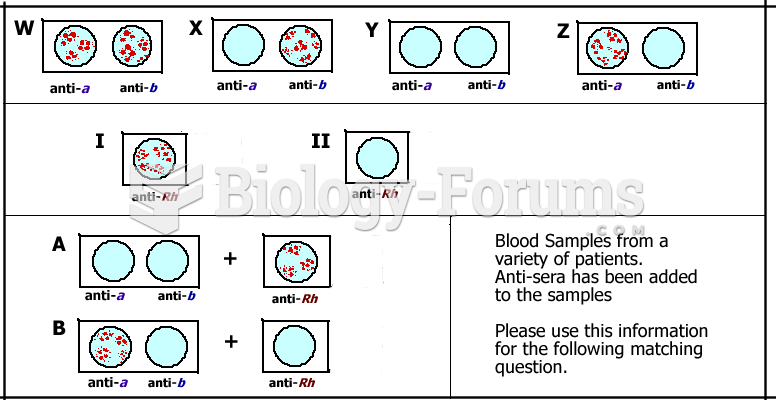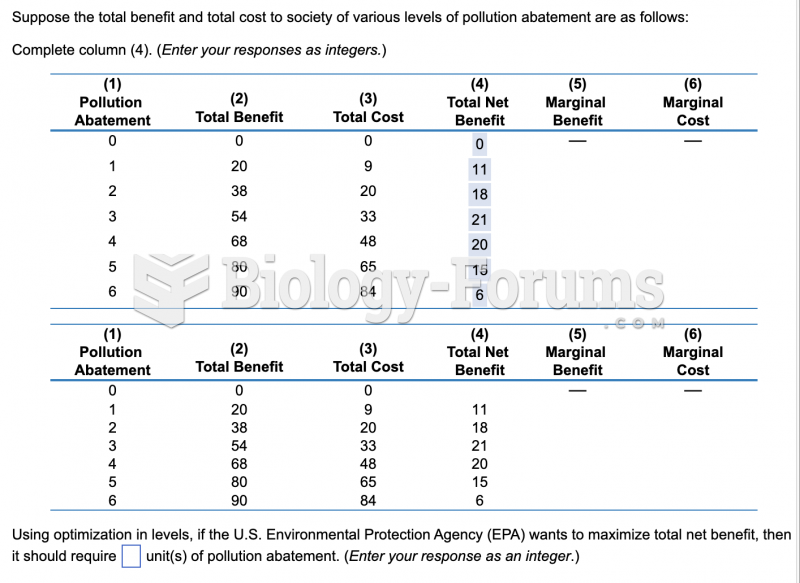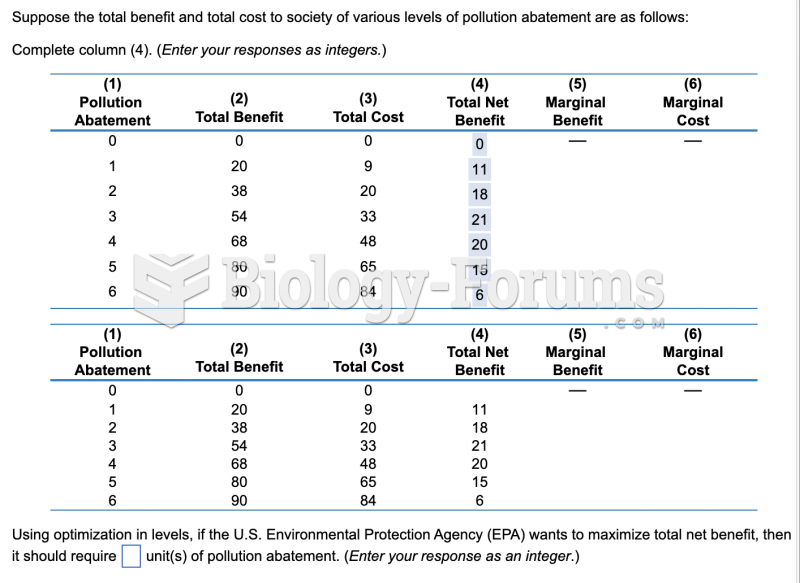Answer to Question 1
Software tools related to the movement of goods across the supply chain are lumped together in a general category called transportation management systems (TMS). TMS is defined as information technologies used to plan, optimize, and execute transportation operations. This simple definition captures the essence of TMS, presenting it as a melting pot of applications used to assist managers in nearly every aspect of transportation from basic load configuration to complex transportation network optimization.
The planning capabilities of TMS assist transportation buyers and managers with the key pre-shipment decisions discussed earlier. These individuals cannot adequately evaluate the thousands of potential lane/mode/carrier/service/price combinations in their supply chains without technological help. TMS tools allow organizations to consider a vast array of transportation options in a matter of minutes versus hours or days of manual design activity. In addition, freight planning tools can be linked to order management systems, warehouse management systems, and supply chain planning tools to gain timelier, more comprehensive information. With this knowledge, better supply chain decisions and tradeoffs can be made.
Critical TMS planning applications include routing and scheduling, and load planning.
TMS execution tools help transportation managers streamline some of their shipment activities. With multiple shipments needing delivery each day, manual processes are susceptible to errors, missed deadlines, and customer service failures. Various TMS capabilities automate repetitive activities to reduce labor costs and accuracy problems. For example, standardized templates can be used to ensure that complete and accurate shipment data are provided in transportation documents. Other tools post detailed shipment information to a shared network or a Web site to promote shipment visibility and provide greater freight control.
Three of the key execution tools include load tendering, status tracking, and appointment scheduling.
TMS analytical tools provide organizations with the ability to make postshipment evaluations of carrier performance, customer service, and network cost. The data required for analysis can be spread across the entire supply chain in a variety of documents and information systems. It is critical to collect these data in a timely fashion so that the KPIs can be measured, performance assessed and benchmarked, and corrective action taken. TMS help organizations assemble and make sense of the vast array of transportation data that are generated by freight movement.
Two useful analytical applications are performance reporting and scorecarding, and freight bill auditing.
Answer to Question 2
Hearing aids can seem like an admission of aging and that can be embarrassing for some people. This company came out with two different ads for two test markets. The first was a public test market and the ad was a humorous video, pointing out some problems that hearing loss can cause. The second test market was a private mailing of materials about the hearing aid. This ad was of a more serious nature, explaining how the device would improve the life of the person wearing it. The combination of these two messages created the best results for the company.







